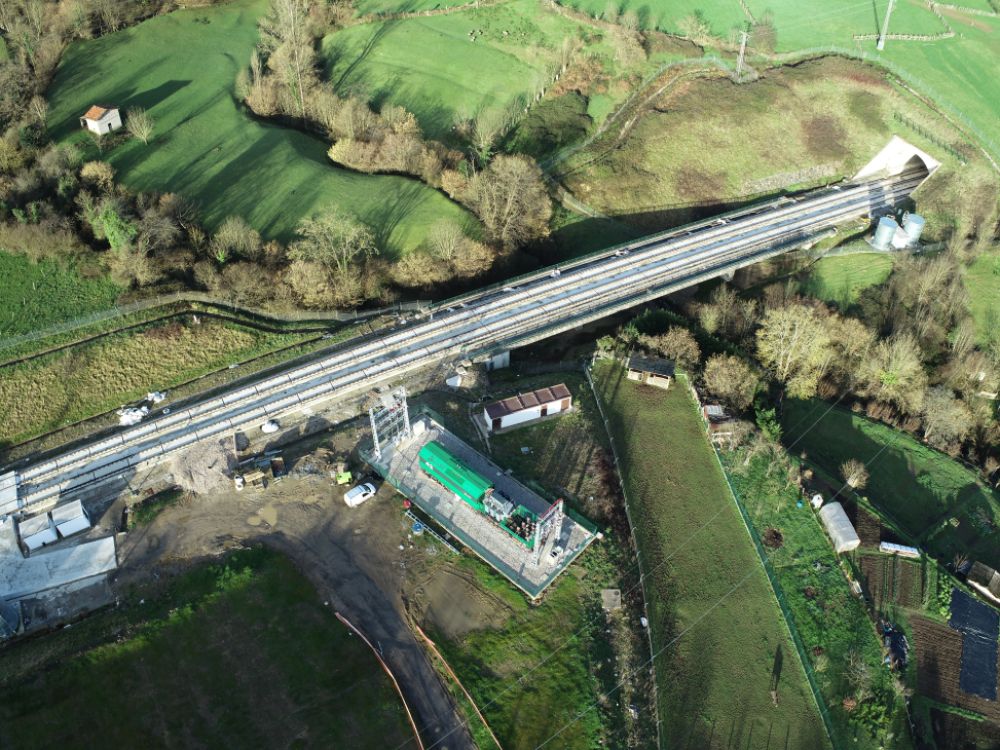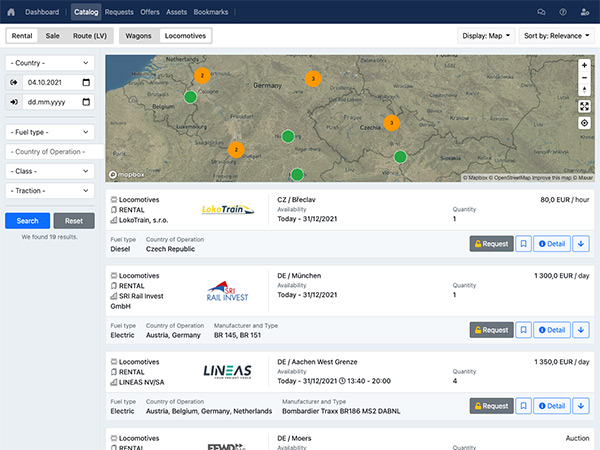The new infrastructure is a part of the Pajares Bypass, and it will completely transform the transportation between Asturias and the rest of Spain. By now, the region has been divided from the rest of the nation by the high Cantabrian mountains. Now, the railway infrastructure runs under it.

The Pajares tunnels, which are now operational, span a length of 50 kilometres, connecting La Robla (León) and Pola de Lena (Asturias). To navigate the challenging terrain of the Cantabrian Mountain Range, the project involved constructing 12 tunnels, totalling over 40 kilometres and accounting for 80% of the route. These were drilled using five tunnel boring machines, each weighing 2,000 tons, working concurrently to create the underground passages.
The most prominent is the Pajares tunnel, stretching 25 kilometres and ranking as the seventh longest in Europe. The construction included ten viaducts with a combined length of 1.8 kilometres. Over 5,000 workers were involved in the various phases of the project.
The completion of the Pajares Bypass is a significant achievement for Asturias. It will reduce the travel time for trains connecting Gijón and Oviedo with Castilla y León, Madrid, and the Mediterranean by 45 minutes and shorten the distance by 37 kilometres. Introducing new Renfe trains shortly is anticipated to reduce travel times by an hour further.

Previously, trains to and from Asturias were confined to the single-track Puerto de Pajares route, dating back to the 19th century. The new Pajares Bypass not only benefits passenger travel but also enhances the efficiency of freight traffic. Adif projects that the daily number of trains crossing the Cordillera will double, increasing from 30 to around 60. The new route enables 15% more load capacity and train length, a development welcomed by major industrial players like ArcelorMittal for optimising costs and resources.
This electrified double track is equipped with the latest ERTMS level 2 signalling system and is designed for speeds up to 275 km/h. The line shortens the existing route through the Puerto de Pajares and offers improved maintenance ease due to its lower altitude and slope.

